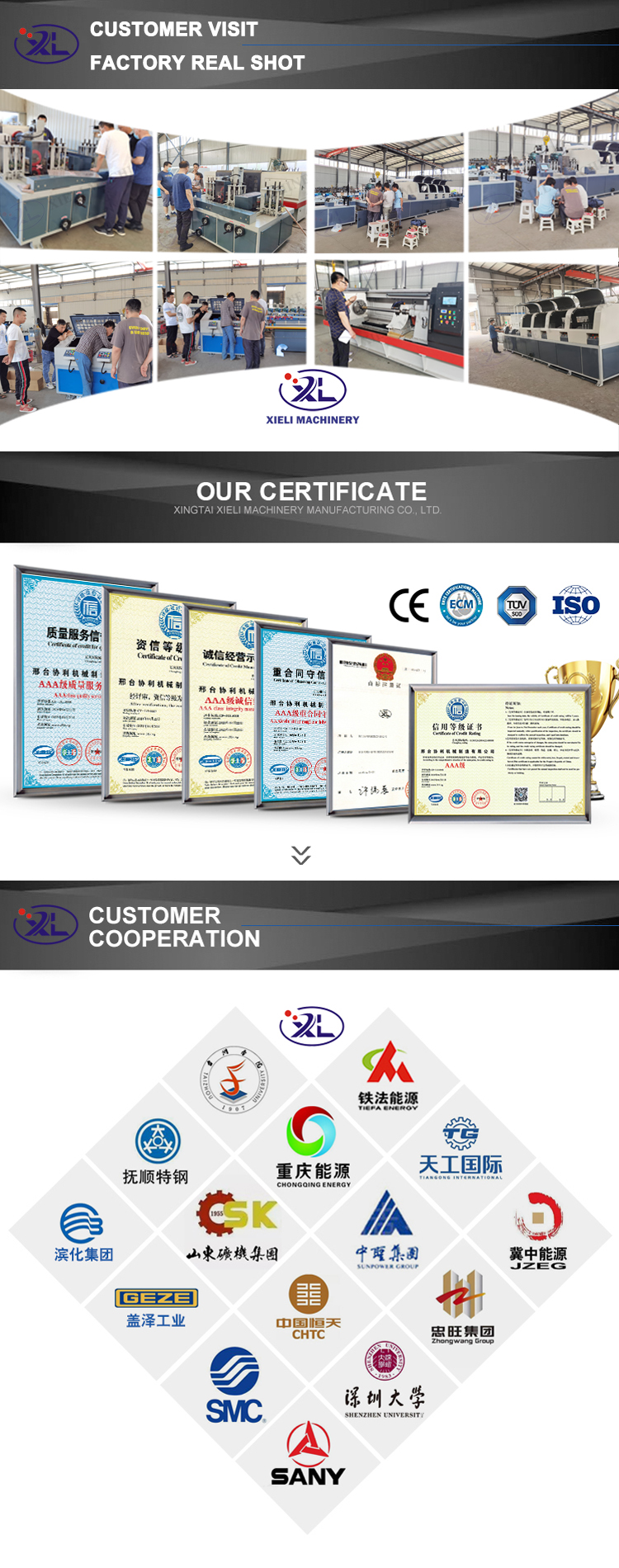The Evolution and Impact of Cylindrical Polishing Machine Companies
Cylindrical polishing machines are essential tools used in various industries to finish and polish cylindrical surfaces. These machines are instrumental in achieving precise dimensions, superior surface finishes, and enhanced product appearances. As a result, companies specializing in cylindrical polishing machines have carved out a significant niche in the manufacturing landscape.
The Role of Cylindrical Polishing Machines
Cylindrical polishing machines serve a critical role in industries such as automotive, aerospace, marine, and manufacturing. They are primarily used to polish shafts, tubes, and other cylindrical components. The polishing process enhances mechanical properties, reduces friction, and increases resistance to wear and tear, which is crucial for components operating in high-stress environments.
Modern cylindrical polishing machines can be configured for various tasks, including manual operation or automation, depending on the needs of the production line. These machines utilize different polishing techniques, such as abrasive polishing, fluid polishing, and electro-polishing, allowing manufacturers to select the best method for their specific applications.
Key Players in the Industry
The market for cylindrical polishing machines comprises several key players, ranging from large corporations to specialized manufacturers. Established brands often dominate the market, given their experience, innovation, and technical expertise. However, smaller companies are carving out their space by offering bespoke solutions and customized machines to meet the specific needs of niche markets.
For instance, companies such as Timesavers and Axxon are well-known for their state-of-the-art cylindrical polishing machines equipped with advanced technology. These brands focus on quality, efficiency, and reducing production downtime, ensuring that their machines deliver exceptional results. On the other hand, newer entrants to the market focus on sustainability by incorporating eco-friendly materials and energy-efficient technologies into their designs.
Innovation and Technology Trends
Innovation is a cornerstone of the cylindrical polishing machine industry. With the advent of smart manufacturing and Industry 4.0, many companies are integrating IoT (Internet of Things) capabilities into their machines. This technology allows for real-time monitoring of the polishing process, data collection, and predictive maintenance, all of which enhance operational efficiency.
cylindrical polishing machine companies

Furthermore, the development of advanced materials and abrasives has significantly improved the effectiveness of polishing processes. For example, diamond dust polishing has become increasingly popular due to its ability to achieve high gloss finishes on harder materials. Additionally, software advancements allow for better control over polishing parameters, yielding consistent results across large production runs.
Challenges Facing the Industry
Despite the promising advancements in technology and increasing demand for precision components, cylindrical polishing machine companies face several challenges. One of the most significant obstacles is economic fluctuations. The demand for polished components can vary greatly based on industry trends, which can lead to uncertainties for manufacturers.
Moreover, the need for skilled labor remains a concern. Although machines have become more automated, the operation and maintenance of these advanced systems still require a knowledgeable workforce. Companies must invest in training programs to ensure that their employees are equipped with the necessary skills to operate and troubleshoot modern polishing machines.
Future Prospects
Looking ahead, the future of cylindrical polishing machine companies appears bright. As industries continue to seek enhanced performance and surface quality for their products, the demand for high-quality polishing machines is expected to grow. This need will likely drive further innovations in machine design and polishing technology.
Additionally, the push for sustainable manufacturing practices will encourage companies to develop eco-friendly polishing solutions. This could lead to the creation of machines that use less energy, reduce waste, and employ biodegradable materials in their processes.
Conclusion
In summary, cylindrical polishing machine companies play a vital role in various manufacturing sectors, driving advancements in precision engineering and surface finishing. As technology continues to evolve, these companies must adapt to meet the changing demands of their customers while addressing the challenges within the industry. Those that succeed will not only enhance their competitive edge but also contribute significantly to the advancement of manufacturing technology as a whole. The journey of cylindrical polishing machine companies illustrates the dynamic intersection of innovation, craftsmanship, and industry needs.
-
Lidkoping Centerless Grinder - OEM Solutions & Discount PricingNewsMay.20,2025
-
High-Performance OEM Pipe Polishing Machines for Sale China DiscountNewsMay.20,2025
-
Premium SS Pipe Polishing Machines Best Price & Discount DealsNewsMay.19,2025
-
Handheld Pipe Polishing Machine OEM & Portable Design China SupplierNewsMay.19,2025
-
Premium Centerless Grinder Coolant OEM Solutions & China SupplierNewsMay.18,2025
-
High-Efficiency Pipe Inside Polishing Machine OEM & China SupplierNewsMay.18,2025


